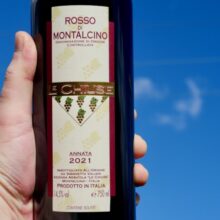
Product information
Le Chiuse Rosso di Montalcino 2021
$77
Description
What a Rosso. I agree with Guido, it’s dark and a little broody. Yet lively at the same time. Opening in the glass, blood orange, slate and dark spices layer into woody herbs. Incredibly complex and layered for a Rosso at this price point. Fine tannins with a playful cleansing grip wrap fruit of depth and length. A very good grape first Rosso, bold yet refreshing!
Dark, animalistic and nearly feral, the 2021 Rosso di Montalcino is impossible to ignore. Crushed ashen stones, musky red currants, earth tones and grilled herbs can all be found. It’s softly textured with a pretty inner sweetness and masses of mineral-drenched red fruits. Grippy tannins define the finale, yet the mouth is left watering for more as this finishes structured yet still remarkably fresh.
Eric Guido, Vinous 90 Points
In stock
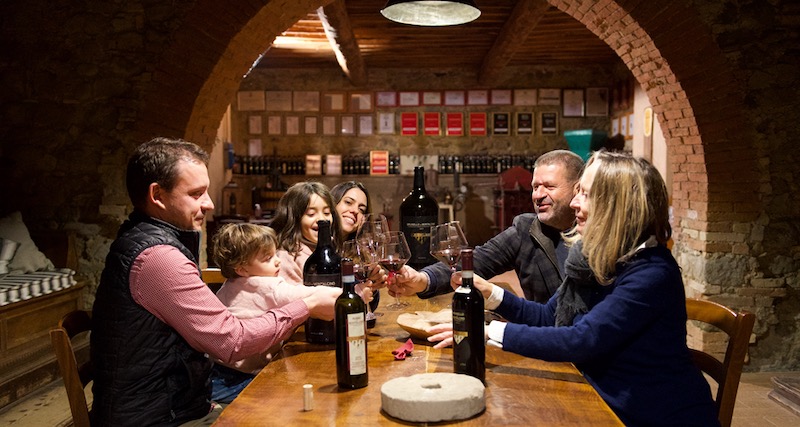
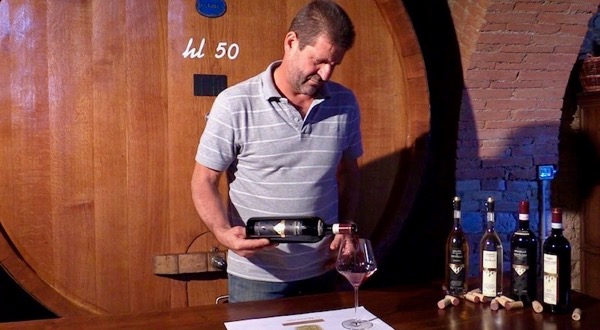
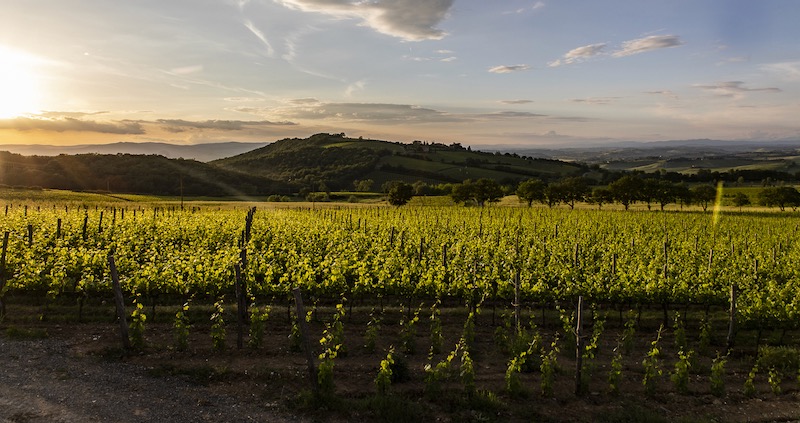
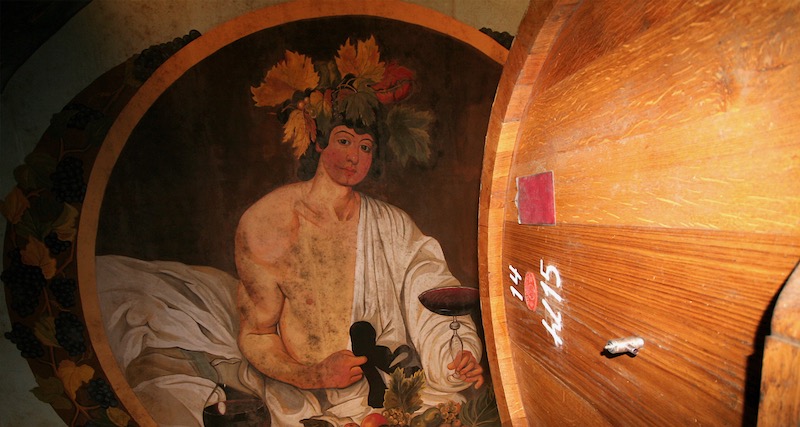
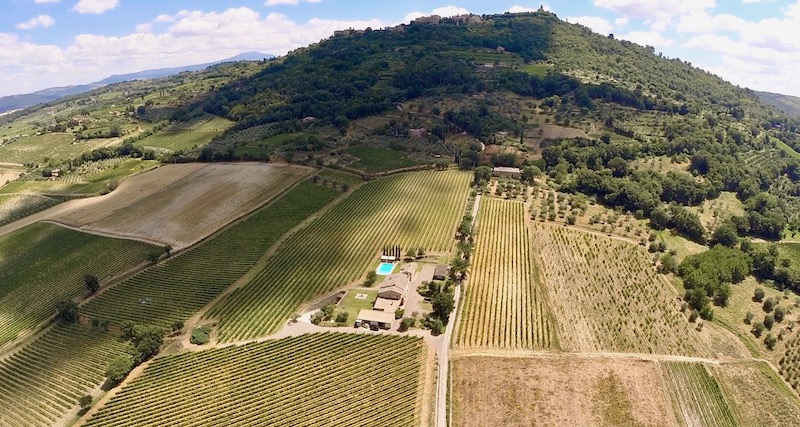
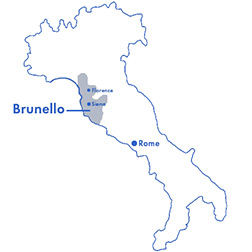
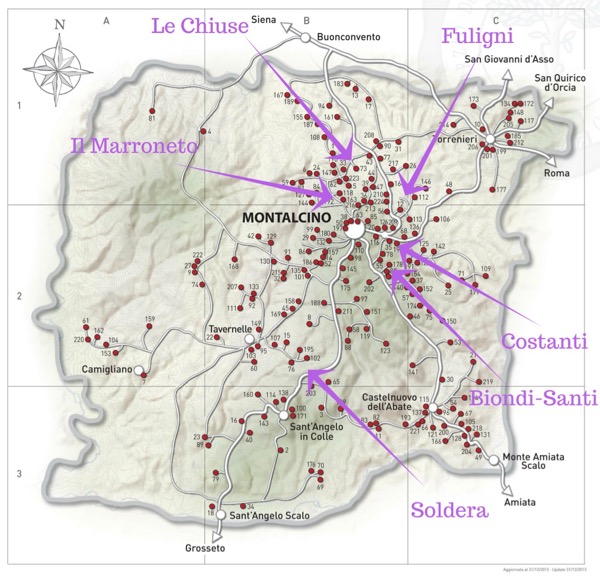
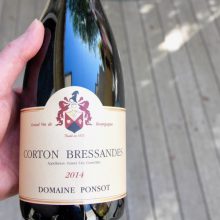

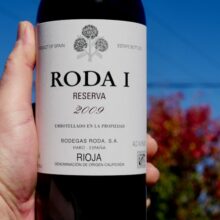
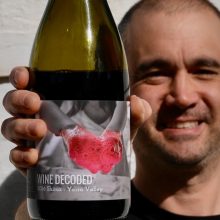
You must be logged in to post a comment.